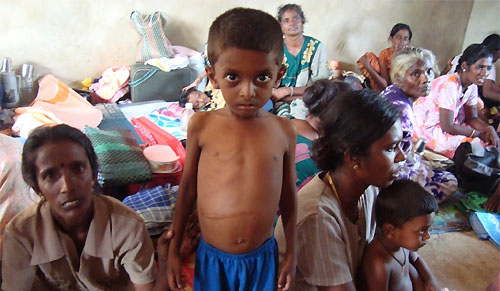|
Malnutrition the child of poverty
Daily Mirror Editorial May 15, 2012 | |
 The revered Professor Senaka Bibile was known worldwide as the inventor of the national medicinal drug policy based on the essential medicines concept. For almost seven years the government has been promising to introduce legislation for the implementation of this policy through which quality drugs could be made available at affordable prices. Unfortunately even at a time when medicinal drug prices are soaring with one brand of antibiotics costing more than 100 rupees, the people are still forced to swallow promises and promises but not quality pills. We hope Health Minister Maithripala Sirisena will at least now resist pressure from western interests and introduce the legislation for the National Medicinal Drugs Policy (NMDP). Professor Bibile also carried out some pioneering work on malnutrition, poverty and the uneven distribution of wealth. As a young lecturer in the University of Ceylon in 1947, Prof. Bibile together with Prof. Columbine pioneered a large scale field survey on, “Health and dietary practices of the Sri Lankans”, after visiting some of the poorest rural areas in the country. This was a great learning experience for him. Only a few people had all three meals a day. A majority of them ate monotonous meals with hardly any variation and nutrition value. The situation today is the same if not worse with millions of people finding it difficult to have even two proper meals a day. ‘Thalape and Koss’ or jak are often the staple diet for many. Prof. Bibile’s conclusion was that malnutrition is the child of poverty and poverty the result of unequal distribution of wealth. This was in the late 1940s. How are we today after decades of economic growth? Let us look at the other observation made by Prof. Bibile – unequal distribution of wealth. According to a 2006/2007 report of the Department of Census and statistics, about two million people live only on 42 rupees a day. Some seventy per cent or about 14 million people have a per capita income of less than half the Sri Lankan average. These people live in relative poverty. What Prof. Bibile observed in the 1940s is the same today if not worse with some 85 per cent of the wealth and resources known to be in the hands of some 15 per cent of the people comprising the rich and ruling elite. Corporate greed is going to monstrous proportions as seen in the current National Savings Bank scandal in the stock market. Source: Daily Mirror - Sri Lanka
|
|